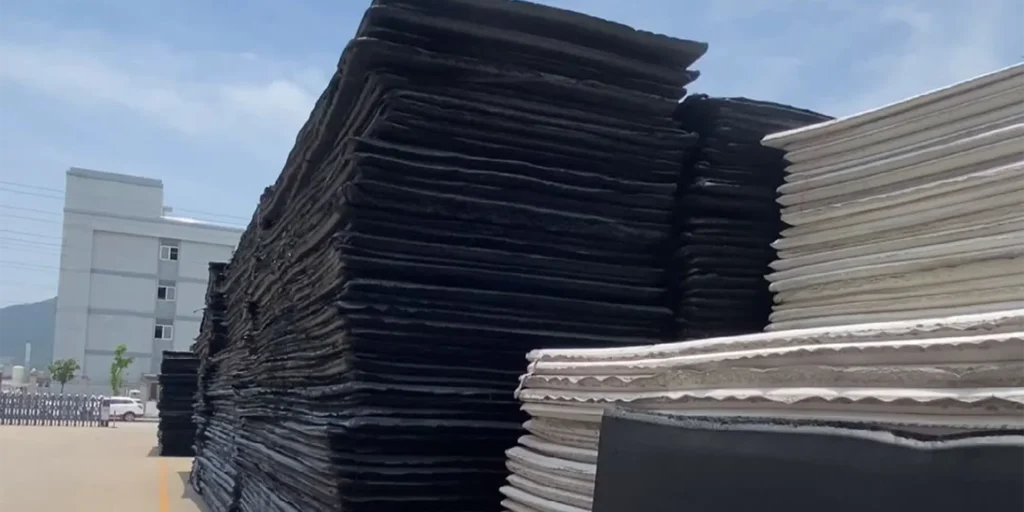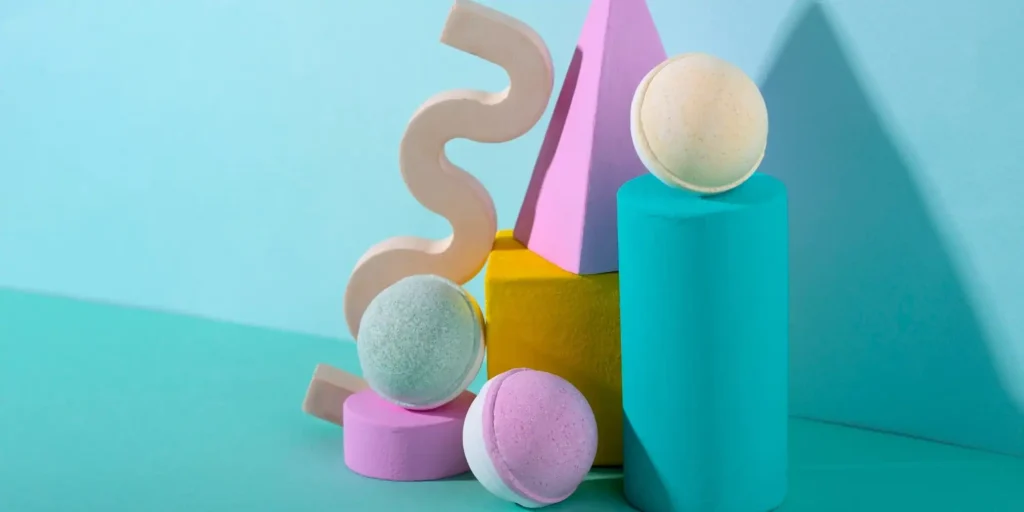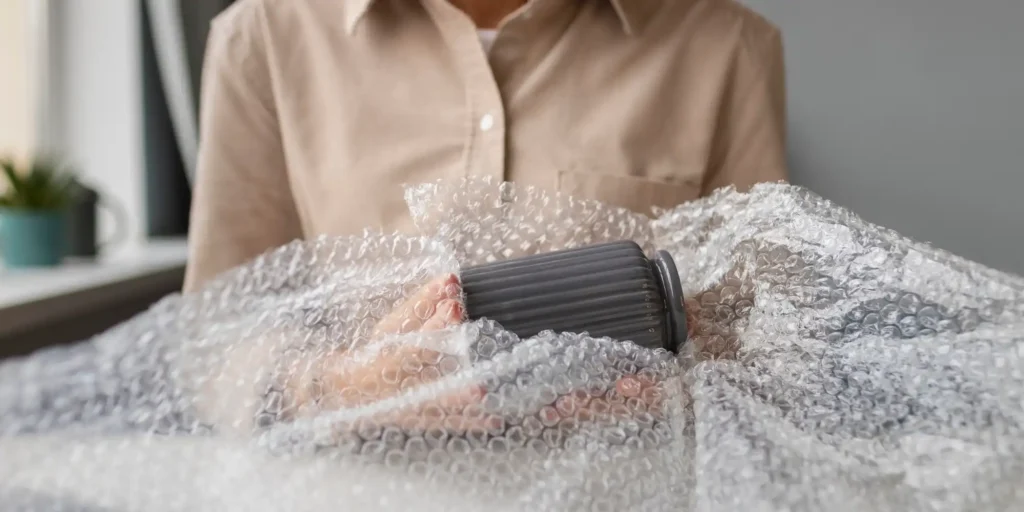EVA foam, short for Ethylene-Vinyl Acetate, is a widely used material known for its exceptional versatility, flexibility, and durability. This polymer-based foam is a product of combining ethylene and vinyl acetate, resulting in a lightweight and resilient material that finds applications across numerous industries, from construction to sports, healthcare, and beyond.
In this article, we will dive deep into the characteristics, benefits, and various uses of EVA foam, helping you understand why it is such a popular choice for manufacturers and consumers alike.
Key Characteristics of EVA Foam
EVA foam is packed with several features that make it stand out among other materials. Here are the core characteristics that define EVA foam:
1. Durability
One of the primary advantages of EVA foam is its outstanding durability. The material is resistant to cracking and tearing, making it ideal for applications that require long-lasting performance, such as flooring, sports gear, and protective padding. EVA foam retains its structural integrity even under frequent use, which ensures that products made from it have a longer lifespan.
2. Flexibility and Softness
EVA foam has a soft, rubber-like texture, which makes it comfortable to use in products like shoes, yoga mats, and padding. Despite its softness, the material has excellent flexibility, allowing it to bend and flex without breaking. This feature is particularly valuable in industries where cushioning and flexibility are essential.
3. Lightweight
Another notable characteristic of EVA foam is its lightweight nature. While some foams can be dense and heavy, EVA foam remains light, making it an excellent choice for products where weight reduction is important. This characteristic is a significant reason why EVA foam is often used in shoe soles, helmets, and other gear that needs to be strong yet easy to carry or wear.
4. Water Resistance
EVA foam is highly water-resistant, which makes it perfect for applications where exposure to moisture is common. It does not absorb water and remains buoyant even when submerged, which is why it’s frequently used in life jackets, pool toys, and marine equipment.
5. Shock Absorption
EVA foam is known for its superior shock-absorbing properties. It can absorb impact and reduce pressure, which makes it an excellent choice for protective gear, sports equipment, and floor mats. This characteristic helps prevent injuries and reduces stress on joints when used in high-impact environments like gyms or playgrounds.
6. Heat and Cold Insulation
With impressive insulation properties, EVA foam can withstand both high and low temperatures. It is commonly used as a thermal insulator in products like coolers, building insulation, and automotive applications, where maintaining temperature is crucial.
7. Chemical and UV Resistance
EVA foam resists damage from exposure to chemicals and UV radiation, which contributes to its longevity in outdoor environments. This characteristic makes it a popular choice for construction materials, outdoor flooring, and marine equipment that must withstand harsh environmental conditions.
8. Non-Toxic and Safe
EVA foam is free from toxic substances such as phthalates and heavy metals, making it a safe option for a variety of consumer products. It’s often used in children’s toys, medical applications, and products that come into direct contact with skin due to its non-toxic nature.
Key Benefits of EVA Foam
With so many impressive characteristics, EVA foam offers numerous benefits for manufacturers and consumers alike. Let’s explore some of the most significant advantages of using EVA foam:
1. Versatility Across Industries
The adaptability of EVA foam is one of its biggest advantages. It can be molded, cut, and shaped into various forms, making it suitable for a wide range of industries. Whether used in the production of sports equipment, automotive components, or medical devices, EVA foam’s versatility helps meet diverse market needs.
2. Cost-Effective
Compared to other materials that offer similar durability and functionality, EVA foam is relatively inexpensive. Its cost-effectiveness allows manufacturers to produce high-quality products at a lower cost, which can be passed on to consumers in the form of affordable goods.
3. Customizability
EVA foam is highly customizable, offering manufacturers the ability to produce foam in different densities, thicknesses, and colors. It can also be laminated with other materials or treated to meet specific performance requirements. This makes EVA foam a go-to material for brands looking to create unique, custom products.
4. Eco-Friendly Options
As consumers become more environmentally conscious, EVA foam has evolved to meet the demand for sustainable materials. Recyclable EVA foam options are now available, and the material itself can be produced with fewer harmful emissions, contributing to a greener manufacturing process.
5. Enhanced Safety
With its non-toxic properties and ability to absorb shock, EVA foam enhances safety in numerous applications. Whether it’s preventing slips on a mat, cushioning a fall in protective gear, or insulating a surface, the safety benefits of EVA foam are invaluable in both consumer and industrial products.
6. Wide Availability
EVA foam is widely available, making it easy for manufacturers to source and utilize in various products. Its global demand and production have made it a staple material across many sectors.
Common Applications of EVA Foam
Thanks to its wide range of features, EVA foam is used in an array of products and industries. Some of the most common applications include:
- Sports Equipment: EVA foam is commonly found in athletic shoes, helmets, knee pads, and other protective gear due to its shock absorption and lightweight properties.
- Flooring: EVA foam mats are popular for gym floors, playrooms, and workshop areas, offering comfort and protection against hard surfaces.
- Medical Products: It is used in prosthetics, orthotics, and other medical devices where comfort and durability are critical.
- Packaging: EVA foam is often used for protective packaging, especially for delicate or fragile items during shipping.
- Construction Materials: EVA foam can be found in insulation, gaskets, and other building materials where water resistance, temperature control, and flexibility are necessary.
EVA foam is an incredibly versatile material that provides a host of benefits across various industries. Its durability, flexibility, lightweight nature, and cost-effectiveness make it an ideal choice for manufacturers and consumers alike. Whether you’re looking to use it in sports equipment, flooring, medical devices, or packaging, EVA foam stands out as a reliable and adaptable material that meets diverse demands.
With its ability to be customized, recycled, and safely used in multiple applications, EVA foam is poised to remain a popular choice for years to come. As innovations in material science continue, EVA foam will likely expand into even more industries, providing lasting solutions to modern-day challenges.
FAQ
1. What is EVA foam?
EVA foam, or Ethylene-Vinyl Acetate foam, is a flexible, lightweight, and durable material used in various industries such as sports, construction, and healthcare. It is known for its shock-absorbing properties, water resistance, and versatility.
2. What are the main benefits of EVA foam?
EVA foam offers numerous benefits, including durability, flexibility, lightweight structure, water resistance, shock absorption, and chemical and UV resistance. It is also non-toxic, making it safe for various applications.
3. Where is EVA foam commonly used?
EVA foam is widely used in products like sports gear (shoes, helmets), flooring mats, medical devices, packaging, and construction materials. Its ability to be molded and customized makes it suitable for a variety of applications.
4. Is EVA foam safe for children’s toys?
Yes, EVA foam is non-toxic and free from harmful chemicals like phthalates and heavy metals, making it a safe material for children’s toys and other products that come into contact with skin.
5. Can EVA foam be recycled?
Yes, EVA foam can be recycled, and eco-friendly EVA options are available. It is increasingly being used in sustainable products as manufacturers look for greener material choices.
#EVAFoam #MaterialScience #ShockAbsorption #SportsEquipment #ConstructionMaterials #DurableFoam #LightweightFoam #WaterResistant #EcoFriendly #SafetyPadding #CustomFoam #VersatileMaterials #MedicalDevices
WELLE Trade has over 20 years of experience in the production and processing of PE/EVA/TPE foams, so you may want to consult with them if you have any sourcing needs.




